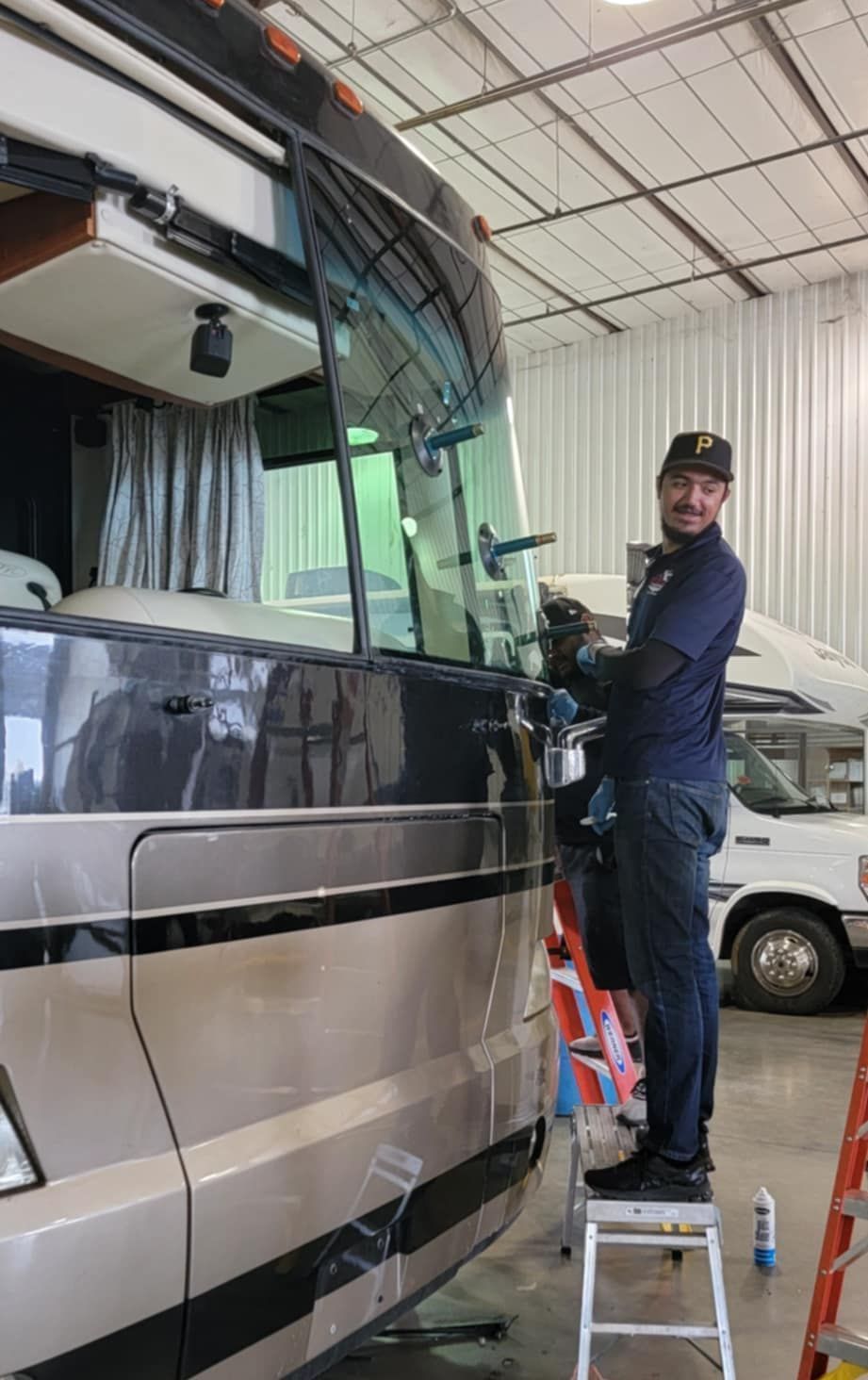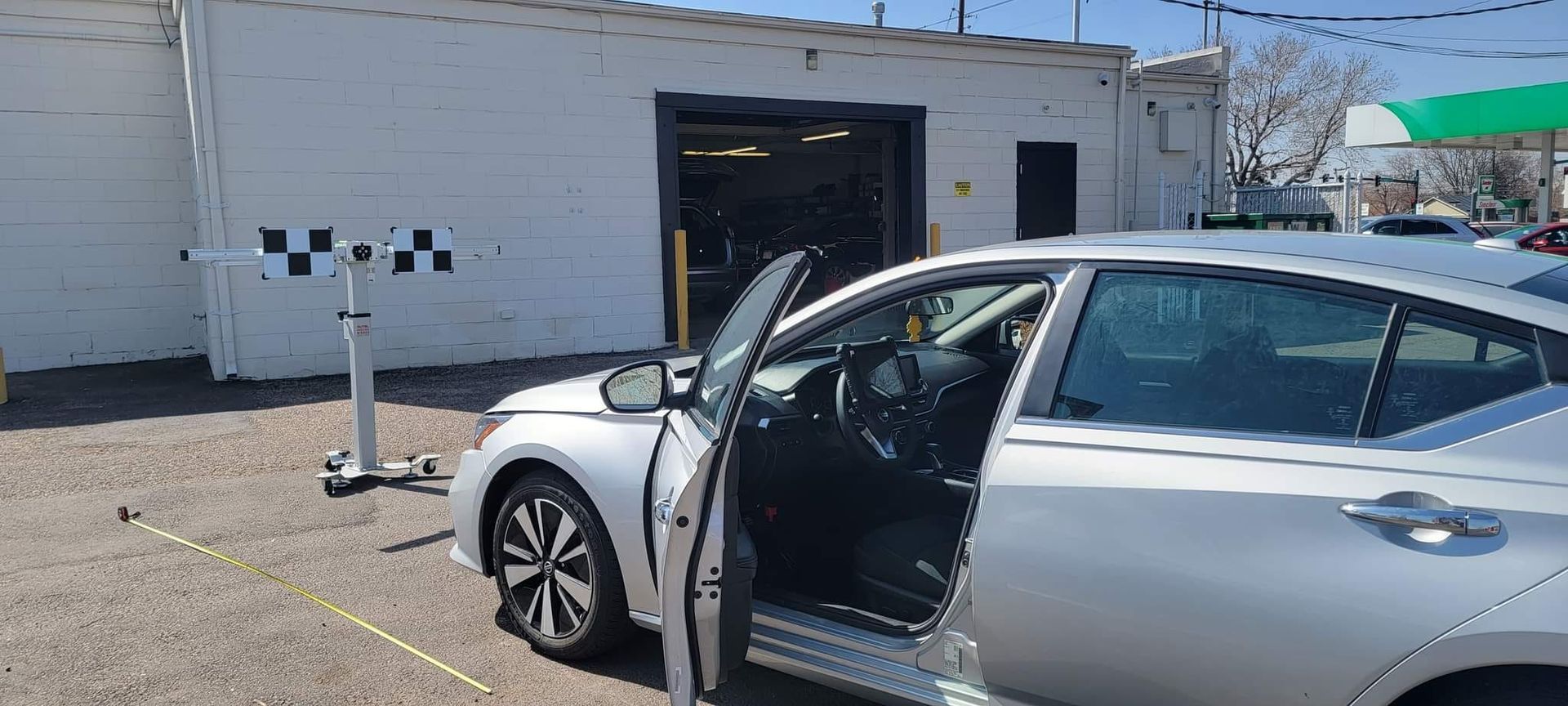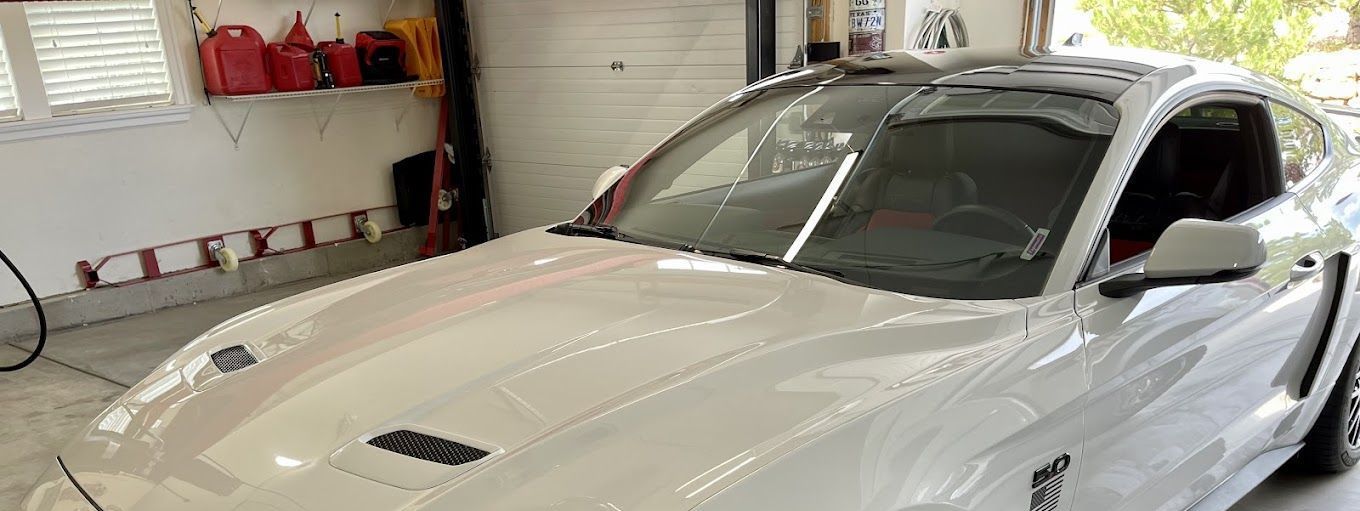How RV Glass Damage Differs by Region (Desert vs. Mountain Travel)
Desert vs. Mountain RV Glass Damage: What You Should Know
When embarking on an RV adventure, travelers often focus on scenic routes, camping spots, and activities. However, an often overlooked aspect of RV maintenance is the vulnerability of its glass components, such as windshields, side windows, and rear windows.
The frequency of glass damage can vary significantly depending on the region, particularly between desert and mountain travel. Understanding these regional differences can help RV owners better prepare for and protect their vehicles and passengers.
Desert Region: Solar and Sand-Related Damage
High Temperatures and UV Exposure
Desert regions are characterized by extreme heat and intense sunlight. These conditions cause the interior and exterior of an RV to heat up rapidly, leading to thermal stress on glass surfaces. Over time, these stresses can cause microfractures that weaken the glass structure. In addition, prolonged UV exposure can degrade the adhesive bonds holding the glass, increasing susceptibility to damage.
Sand and Debris Impact
Desert winds often carry sand, pebbles, and other airborne debris. When traveling at high speeds, these particles can slam into the RV’s glass with significant force, resulting in chips or cracks. Even small gravel impacts can compromise the integrity of the windshield, sometimes requiring prompt repairs to prevent further damage.
Frequent Temperature Fluctuations
Despite the heat, desert regions can experience sudden temperature drops at night. The rapid cooling and heating cycles cause the glass to expand and contract repeatedly, which may lead to stress fractures over time. Cracks can develop in areas of previous impact or zones of structural weakness.
Dust Storms and Windstorms
Natural phenomena like dust storms can blanket the landscape in fine particles, which can scratch the glass surface, diminishing visibility and leading to other mishaps. These storms can also carry larger debris that may cause more severe damage if struck directly.
Mountain Region: Rocks and Weather
Rock Impact and Falling Debris
Mountainous areas are riddled with rocky terrain and cliffs. Encounters with loose rocks or falling debris, especially on downhill slopes or during rockfalls, pose a significant risk to RV windows and windshields. Impact from large stones can cause cracks, chips, or even shattering, demanding immediate attention.
Temperature Variations and Ice Formation
Mountains experience substantial temperature swings, especially between day and night. Freezing temperatures can cause ice to form on or around the glass. When ice expands or contracts, it exerts pressure on the glass, leading to cracking or weakening of the structure over time.
Hiking and Outdoor Activities
While not direct causes of glass damage, frequent outdoor activities can increase the chances of accidental impacts. For instance, if bike racks, hiking gear, or other equipment aren’t securely stored, they may fall and hit the glass during transit.
Snow, Ice, and Road Conditions
Snow and ice accumulation can add weight and stress to the RV. Snowstorms may also carry small ice particles which, when struck against the RV’s glass, can cause chips or cracks.
Preventative Tips
To prevent RV glass damage in desert regions, use UV-resistant coatings, install wind deflectors, and avoid high speeds in dust storms. In mountainous regions, secure gear, monitor weather conditions, and steer clear of loose rocks.
Does Your RV Have Windshield or Other Glass Damage?
If you store your
RV or are passing through
Aurora, CO,
Boise, ID, Nevada, or Montana, and your glass has suffered any damage—no matter how small—you should get it repaired as soon as possible.
Contact us at ChipPros Auto Glass. We offer a guaranteed 24-hour turnaround and 40 years of experience repairing RV glass.






